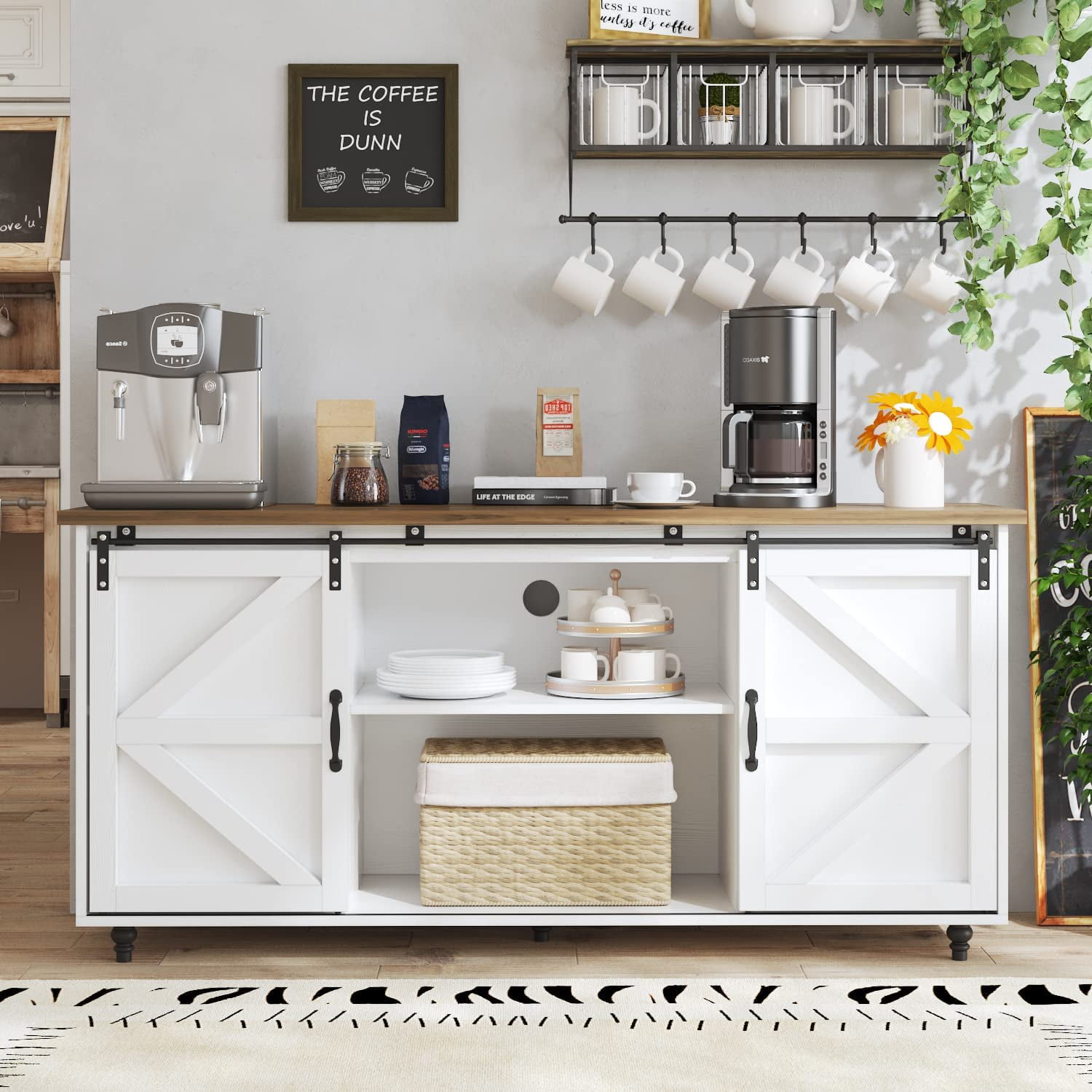Historical Significance of Vintage Medical Supply Cabinets

Vintage medical supply cabinets stand as testaments to the evolution of healthcare practices and the changing landscape of medical storage solutions. From the simple wooden chests of the past to the more sophisticated cabinets of the modern era, these pieces offer a glimpse into the history of medicine and the tools used to treat patients.
Evolution of Medical Storage Solutions, Vintage medical supply cabinet
The evolution of medical storage solutions has mirrored the advancements in medical practices and the increasing complexity of medical tools. In the early days of medicine, simple wooden chests or cupboards were used to store basic medical supplies. These cabinets were often handcrafted and lacked the specialized features found in modern medical cabinets. As medicine progressed and the range of medical tools expanded, so too did the need for more sophisticated storage solutions.
Reflection of Medical Advancements
Vintage medical supply cabinets reflect the advancements and practices of their respective eras. For example, cabinets from the late 19th century might feature compartments for storing surgical instruments, glass vials for medications, and shelves for medical textbooks. These features reflect the increasing specialization of medicine and the growing importance of sterile practices.
Notable Medical Supply Cabinets
- 19th-century apothecary cabinets: These cabinets were often crafted from mahogany or walnut and featured intricate carvings and glass doors. They were designed to store a wide range of medications, herbs, and other medicinal preparations. The intricate designs and materials used in these cabinets reflect the artistry and craftsmanship of the period.
- Early 20th-century hospital cabinets: These cabinets were typically made from metal and featured a more utilitarian design. They were designed to be durable and easy to clean, reflecting the growing emphasis on hygiene in hospitals. They often had multiple drawers and shelves for storing medical supplies, surgical instruments, and patient records.
- Mid-20th-century physician’s cabinets: These cabinets were often smaller and more compact than hospital cabinets, reflecting the shift towards private medical practices. They often featured built-in compartments for storing prescription pads, medical records, and other essential tools. These cabinets often had a more streamlined and modern design, reflecting the design trends of the mid-20th century.
Design and Construction of Vintage Medical Supply Cabinets

Vintage medical supply cabinets, reflecting the era of their creation, often showcased both functionality and aesthetics. These cabinets were meticulously crafted, serving not only as storage solutions but also as testaments to the evolving practices and aesthetics of healthcare.
Materials Used in Construction
The materials used in the construction of vintage medical supply cabinets varied depending on the era and the intended use. However, certain materials were common across different periods:
- Wood: Wood, particularly hardwoods like oak, mahogany, and cherry, was a favored material due to its durability, strength, and aesthetic appeal. It was commonly used for the cabinet frame, doors, drawers, and shelves. Wood’s natural grain patterns added a touch of warmth and sophistication to the cabinets.
- Metal: Metal, often steel or iron, was incorporated for structural reinforcement, hardware, and accents. Metal hinges, handles, and locks provided durability and a touch of industrial elegance. In some cases, metal was used for the entire cabinet frame, particularly in later periods when metalworking techniques advanced.
- Glass: Glass was often used for cabinet doors or shelves, offering visibility of the contents. This was particularly useful for sterile supplies and medications that required easy identification. Glass panels could be plain or etched, adding decorative elements to the cabinet’s design.
Design Elements of Vintage Medical Supply Cabinets
The design elements of vintage medical supply cabinets were driven by both functionality and aesthetics. These elements included:
- Cabinet Doors: Cabinet doors were typically hinged and often featured a variety of design elements, such as raised panels, moldings, and decorative hardware. Some doors were designed to be flush with the cabinet frame, while others featured a more elaborate design.
- Drawers: Drawers provided organized storage for smaller items, such as bandages, instruments, and medications. They were typically constructed with dovetail joints, ensuring strength and durability. Drawers could be fitted with dividers or trays to further organize the contents.
- Shelves: Shelves offered flexible storage options for larger items, such as medical equipment, supplies, and pharmaceuticals. Shelves could be adjustable, allowing for customization based on the specific needs of the user.
- Locks: Locks were essential for security and confidentiality, especially in medical settings. Vintage medical supply cabinets often featured sturdy locks with keys, ensuring the safety of valuable medical supplies and confidential patient information.
Styles and Aesthetics
Vintage medical supply cabinets reflect the changing styles and aesthetics of their respective eras. Here are some prominent examples:
- Art Deco: Art Deco cabinets, popular during the 1920s and 1930s, showcased geometric patterns, bold colors, and sleek lines. They often featured metal accents and glass panels, reflecting the era’s embrace of modernism.
- Victorian: Victorian cabinets, from the late 19th century, were known for their ornate designs, intricate carvings, and dark, rich wood finishes. They often featured elaborate handles and decorative details, reflecting the Victorian era’s love for craftsmanship and embellishment.
- Mid-Century Modern: Mid-Century Modern cabinets, from the 1950s and 1960s, embraced clean lines, minimalist designs, and functionality. They often featured simple geometric shapes, light-colored wood, and metal accents, reflecting the era’s emphasis on simplicity and practicality.
Functionality and Use of Vintage Medical Supply Cabinets

Vintage medical supply cabinets played a crucial role in the organization and management of medical supplies and instruments in healthcare settings. These cabinets were designed to provide a safe, secure, and efficient system for storing and accessing essential medical tools.
Types of Medical Supplies and Instruments Stored
Vintage medical supply cabinets were designed to accommodate a wide range of medical supplies and instruments, reflecting the medical practices of the era. Here is a list of some commonly stored items:
- Surgical Instruments: Scalpels, forceps, clamps, scissors, retractors, and other instruments used in surgical procedures were carefully stored in designated compartments within the cabinets.
- Medical Dressings and Bandages: Gauze, cotton, bandages, and other materials used for wound care and dressings were kept in separate compartments or drawers, often organized by size and type.
- Pharmaceuticals and Medications: Vintage medical cabinets often included sections for storing various medications, including liquids, tablets, powders, and ointments. These compartments were typically designed to protect the medications from light, moisture, and temperature fluctuations.
- Medical Supplies: Syringes, needles, tubing, catheters, and other disposable medical supplies were also stored in vintage cabinets, ensuring they were readily available for use.
- Diagnostic Equipment: Stethoscopes, thermometers, otoscopes, and other diagnostic instruments were often included in the cabinets, facilitating quick access for medical professionals.
Organizational Principles and Methods
Vintage medical supply cabinets employed specific organizational principles to ensure efficient access and inventory management:
- Categorization: Medical supplies and instruments were typically organized by category, such as surgical instruments, dressings, medications, and diagnostic tools. This categorization facilitated quick identification and retrieval.
- Labeling: Clear and concise labeling was essential for identifying the contents of each compartment or drawer. This ensured that medical professionals could easily locate the necessary supplies.
- Compartmentalization: Vintage medical cabinets often featured multiple compartments, drawers, and shelves, allowing for the segregation of different types of supplies. This helped prevent cross-contamination and ensured the integrity of the medical instruments.
- Accessibility: The design of vintage medical cabinets prioritized accessibility. Drawers and compartments were typically positioned at convenient heights, allowing for easy access to the stored items.
Role of Cabinets in Medical Settings
Vintage medical supply cabinets played a vital role in various medical settings:
- Hospitals: In hospitals, these cabinets were essential for storing and managing the vast array of medical supplies required for patient care. They were often found in operating rooms, emergency departments, and patient wards.
- Clinics: Smaller clinics also relied on vintage medical supply cabinets for organizing their instruments and supplies. These cabinets provided a secure and efficient system for storing and accessing essential medical tools in a compact space.
- Pharmacies: Pharmacies used vintage medical cabinets to store and dispense medications. The cabinets provided a secure and organized environment for maintaining the integrity of pharmaceutical products.
Vintage medical supply cabinets, often found in antique stores or family heirlooms, offer a glimpse into the past’s medical practices. Their robust construction and intricate details speak to a time when craftsmanship was paramount. While their primary function may have changed, their aesthetic appeal remains undeniable, often finding new life as storage solutions in modern homes.
For example, their compact size and multiple compartments can be adapted to serve as a practical and stylish alternative to a 30 inch bath vanity cabinet in smaller bathrooms, providing a unique vintage touch to the space.
Vintage medical supply cabinets, often crafted from sturdy wood and featuring intricate details, offer a unique aesthetic that can be incorporated into modern homes. Their durable construction and ample storage space make them ideal for repurposing, particularly for those seeking a functional and stylish pantry solution.
The using cabinets as pantry guide provides helpful tips for maximizing storage efficiency in these cabinets, while their vintage charm adds a touch of history and character to any kitchen.
